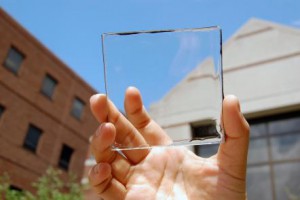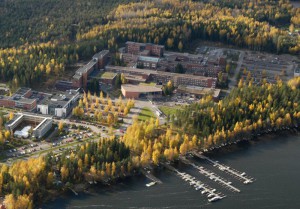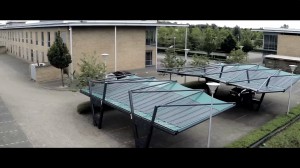Share This
Related Posts
Tags
Bright Future
By Yardi Blog Staff on Apr 3, 2015 in Technology
With the effects of climate change becoming more and more visible every passing day, introducing environmentally friendly practices into everyday life becomes increasingly important. And while renewable energy still has high investment costs in many cases, returns on initial investments do not fail to appear. They may come in special tax rates, increase in prestige, lower operating costs, increased rent rates and high occupancy levels, thanks to green-loving Millennials.
Plummeting costs
And as more research goes into green energy and renewable sources, initial investment costs are dropping by the day. In fact, according to recently revealed research by the Lappeenranta University of Technology (LUT) in Finland, solar and wind energy is expected to become the cheapest form of energy in the near future. The Neo-Energy project, which conducted the research, uncovered that North-East Asia, especially China will be able to switch to a completely renewable energy system within five to ten years, under economically feasible conditions. In fact, project simulations show that the price of solar electricity will be cut in half by 2025-2030, thanks to costs decreasing 20 percent every times capacity is doubled.
Solar cells from the sea
Not only is solar energy becoming more cost-effective, it is also getting greener every day. While green energy becoming greener does sound somewhat unnecessary, no energy source is completely green. Wind turbines and photovoltaic panels are still manufactured using man-made materials, the production of which does in itself also carry a carbon footprint. Not for long, though, if researchers at Queen Mary University of London’s (QMUL) School of Engineering have their way. In
February 2015, QMUL researchers have announced successfully creating electricity-generating solar cells using the chemicals chitin and chitosan, found in the shells of shrimp and various other crustaceans.
The two biomass-derived materials have a decidedly lower cost than the elements such as ruthenium, that are currently being used in nanostructures solar cell manufacturing. Moreover, shellfish chitin and chitosan abundantly occur, further lowering costs. Although the efficiency of the newly created solar cells is still low, further research promises increased capacity. QMUL researchers see the cell’s future use in wearable chargers for everyday gadgets such as smartphones and tablets, as well as partially transparent solar films.
See-through solar
Solar films, which have existed in semi-transparent form until recently, are also evolving at breakneck speed. A new technology that recently emerged from Michigan State University will allow windows to go solar. Imagine having “solar windows” as an apartment or office amenity!

MSU doctoral student Yimu Zhao holds up a transparent luminescent solar concentrator module. Photo credits: Yimu Zhao via Michigan State University
Bye-bye hefty electricity bills. Called transparent luminescent solar concentrator, the cutting edge technology is a new type of solar concentrator that creates solar energy when placed on a window, while also being transparent! The harvesting system uses small organic molecules developed by researcher Richard Lunt and his team to absorb specific, nonvisible wavelengths of sunlight, which are guided to the edge of the film, where thin strips of photovoltaic solar cells convert it to electricity.
While the technology still has a low efficiency margin (one percent), further efficiency optimization research has the potential to employ this highly flexible technology to industrial scale. “It opens a lot of area to deploy solar energy in a non-intrusive way. It can be used on tall buildings with lots of windows or any kind of mobile device that demands high aesthetic quality like a phone or an e-reader. Ultimately we want to make solar harvesting surfaces that you do not even know are there,” said Richard Lunt in a release.
Solar cloth
While the (near) future is set to bring us solar windows and solar gadget screens, one England-based company is already rolling out solar cloths for parking structures. The very aptly named Solar Cloth Company’s solar cloth bespoke technology, dubbed Power Parking, consists of lightweight,
flexible solar panels manufactured from thin film photovoltaics, which weigh about a tenth of what traditional solar panels clock in. This allows solar cloths to be installed on almost all low-load bearing structures. Solar cloths can also bond to most structural materials, which make them an ideal green energy solution for flexible structures, parking lots, stadiums and agricultural land covers. Solar cloths are as powerful as traditional silicon panels, have a 20-year lifespan, can be integrated into both new and existing structures and their modular design allows for easy installation. The panels generate energy consistently year-round. Solar Cloth’s flagship installation at Cambridge Research Park generates a power output of 15 kWp (kilowatt peak) on a surface that covers 12 parking spaces.
Which solar technology are you most excited about? Would you install solar cloths on your parking facility or would you rather turn your building’s windows into your own personal power plant? Drop a comment below.



